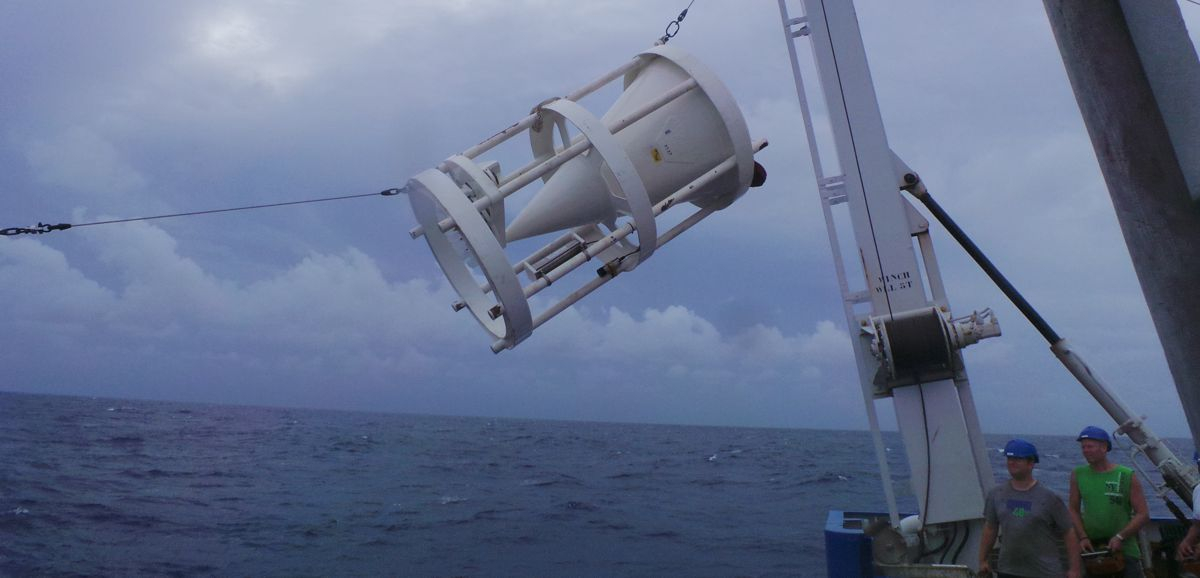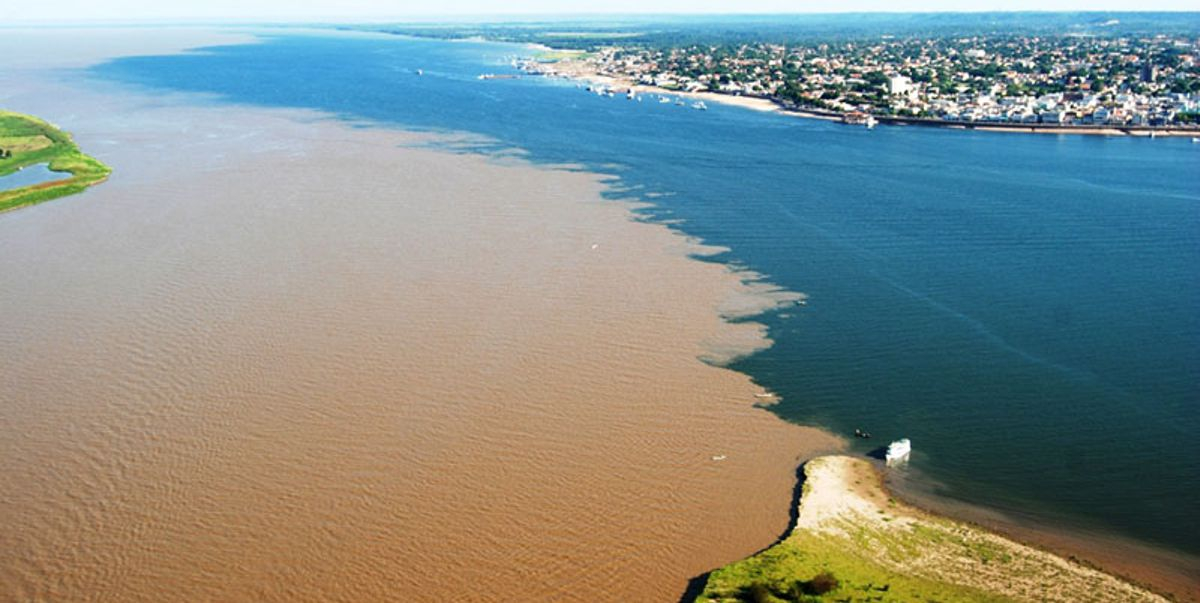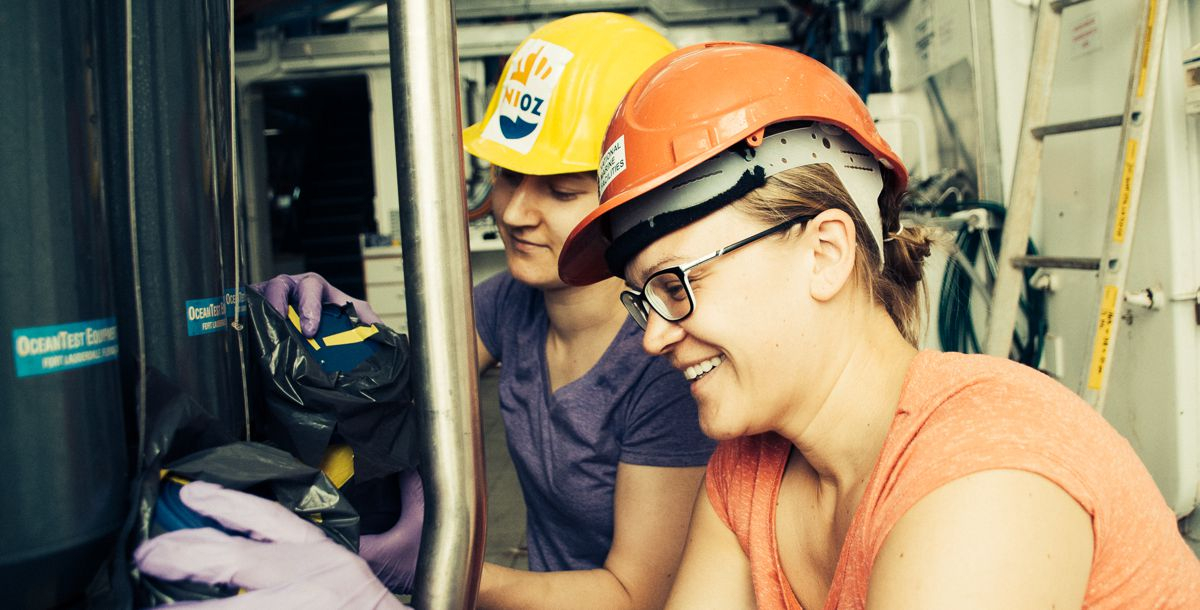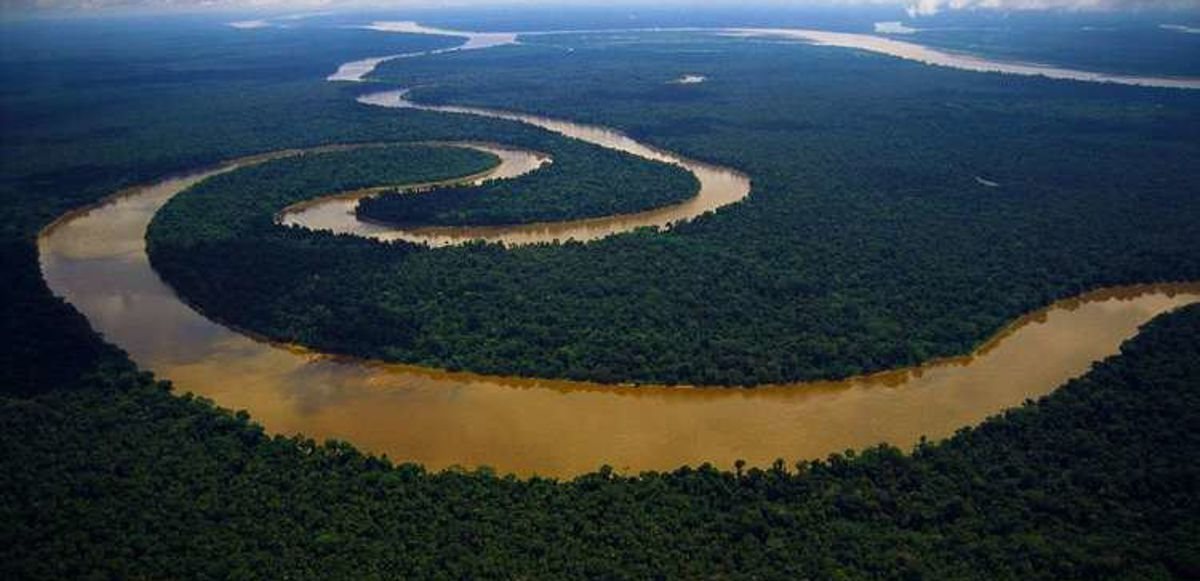
From our previous work we know fairly well that Saharan dust has a large impact on the ocean, and that this influence obviously decreases along the downwind path from East to West. Little did we know how large the influence of the Amazon River is on the surface ocean and how far this influence extends. Other studies had already demonstrated the fertilisation potential of the nutrients from the Amazon River, based on field studies in the western North Atlantic Ocean and Catarina Guerreiro had demonstrated in her 2017 paper that algal blooms can indeed be triggered by nutrient-rich freshwater from the Amazon.

By studying a time series of downward fluxes of various organic and chemical components along one year of sediment-trap monitoring, combined with data from argo floats, onboard CTD measurements, satellite imagery and ocean modelling, Laura Korte and her co-authors demonstrate not only the fertilisation potential but also the required downward transport of organic material which can facilitate actual sequestration of atmospheric CO2.

Some fun facts about the Amazon River (from Encyclopaedia Brittannica)
- With a total length of 6,992km it is slightly longer than the Nile (6,853km)
- On average, 209,000 m³ water flow from the Amazon River into the Atlantic Ocean per second, which is 1/5 of the total freshwater flow into the oceans. This discharge is larger than the total of the next seven largest rivers in the world
- This water carries 1.3Mton sediment/day
- It was discovered by Spanish explorers in the early 16th century when they noticed that they were sailing through freshwater >100 miles off the coast
Click here for a link to the paper on the Wiley website, and here for a post on the DustCo website
